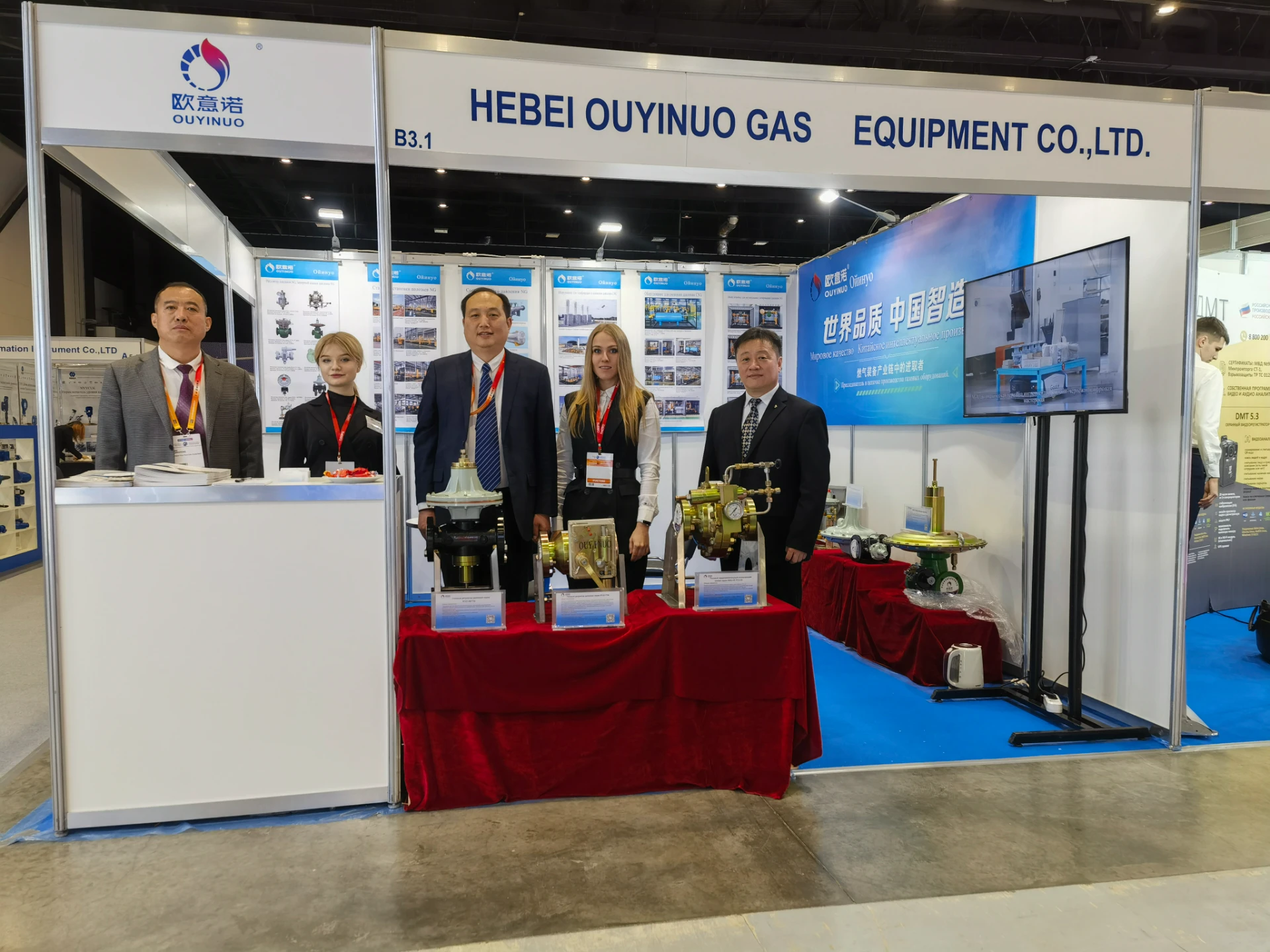
Dec . 10, 2024 20:59
Back to list
Understanding the Function and Importance of Safety Relief Valves in Industrial Applications
Understanding Safety Relief Valves Essential Components for Industrial Safety
Safety relief valves (SRVs) are critical devices used in various industries to protect equipment and personnel from the dangers of overpressure situations. These valves are designed to automatically release excess pressure from a system, ensuring that the pressure remains within safe operational limits. This article explores the importance, functionality, and applications of safety relief valves in industrial settings.
The Importance of Safety Relief Valves
In any process system, whether it be a chemical plant, oil refinery, or power generation facility, maintaining the stability and safety of pressure levels is vital. Overpressure can lead to catastrophic failures, resulting in equipment damage, financial losses, and, most importantly, the potential for harm to personnel. Safety relief valves serve as a fail-safe mechanism, providing immediate response to prevent such incidents.
The consequences of neglecting overpressure risks can be grave. Historical incidents, such as explosions and equipment failures, have underscored the necessity of having properly functioning safety relief valves in place. By preventing overpressure scenarios, these valves play a crucial role in safeguarding not just infrastructure, but also human lives.
How Safety Relief Valves Work
Safety relief valves are engineered devices that open automatically when the internal pressure of a system exceeds a predetermined set point. They can operate in two primary modes pressure relief and vacuum relief. Pressure relief valves release gas or fluid to decrease pressure while maintaining system integrity. Vacuum relief valves, on the other hand, protect systems from collapsing under negative pressure by allowing air or gas to enter.
Typically, safety relief valves contain a spring-loaded mechanism that holds the valve in a closed position until the set pressure is exceeded. The amount of pressure required to open the valve is predetermined during the installation phase. Once the pressure exceeds this limit, the spring compresses, allowing the valve disc to lift and fluid or gas to escape. This process continues until the pressure drops back to safe levels, at which point the valve reseals.
Types of Safety Relief Valves
There are several types of safety relief valves, each suited for different applications
safety relief valve

1. Conventional Safety Relief Valves These valves are most commonly used in various industrial applications. They are suited for liquids, gases, and steam and operate based on the pressure difference between the system and the atmosphere.
2. Pilot-Operated Safety Relief Valves These valves are designed for higher pressure systems. They utilize a pilot valve mechanism that controls the main valve operation, offering tighter closing characteristics and improved performance in critical applications.
3. Weight-Loaded Safety Relief Valves These valves rely on weights to create the necessary force against the pressure. They are generally used in applications where sensitivity and quick response times are essential.
4. Spring-Loaded Safety Relief Valves The most common type, these valves operate based on spring tension and are suitable for many fluid types.
Applications of Safety Relief Valves
Safety relief valves are utilized across a myriad of industries, including
- Chemical Processing Ensuring reactors and vessels operate safely under fluctuating pressures. - Oil and Gas Protecting pipelines and storage tanks from overpressure incidents. - Power Generation Safeguarding steam and gas systems to prevent system failures. - Food and Beverage Maintaining pressure in processing equipment to ensure product integrity and safety.
Conclusion
Safety relief valves are indispensable components in modern industrial settings, serving as the frontline defense against the risks of overpressure. Their ability to function automatically and reliably makes them essential for maintaining safety and operational efficiency. Understanding the importance and functionality of these valves not only enhances equipment reliability but also promotes a culture of safety within organizations. As industries continue to evolve, the design and application of safety relief valves will undoubtedly adapt, further enhancing their effectiveness in protecting lives and infrastructure.
Latest news
-
Safety Valve Spring-Loaded Design Overpressure ProtectionNewsJul.25,2025
-
Precision Voltage Regulator AC5 Accuracy Grade PerformanceNewsJul.25,2025
-
Natural Gas Pressure Regulating Skid Industrial Pipeline ApplicationsNewsJul.25,2025
-
Natural Gas Filter Stainless Steel Mesh Element DesignNewsJul.25,2025
-
Gas Pressure Regulator Valve Direct-Acting Spring-Loaded DesignNewsJul.25,2025
-
Decompression Equipment Multi-Stage Heat Exchange System DesignNewsJul.25,2025

